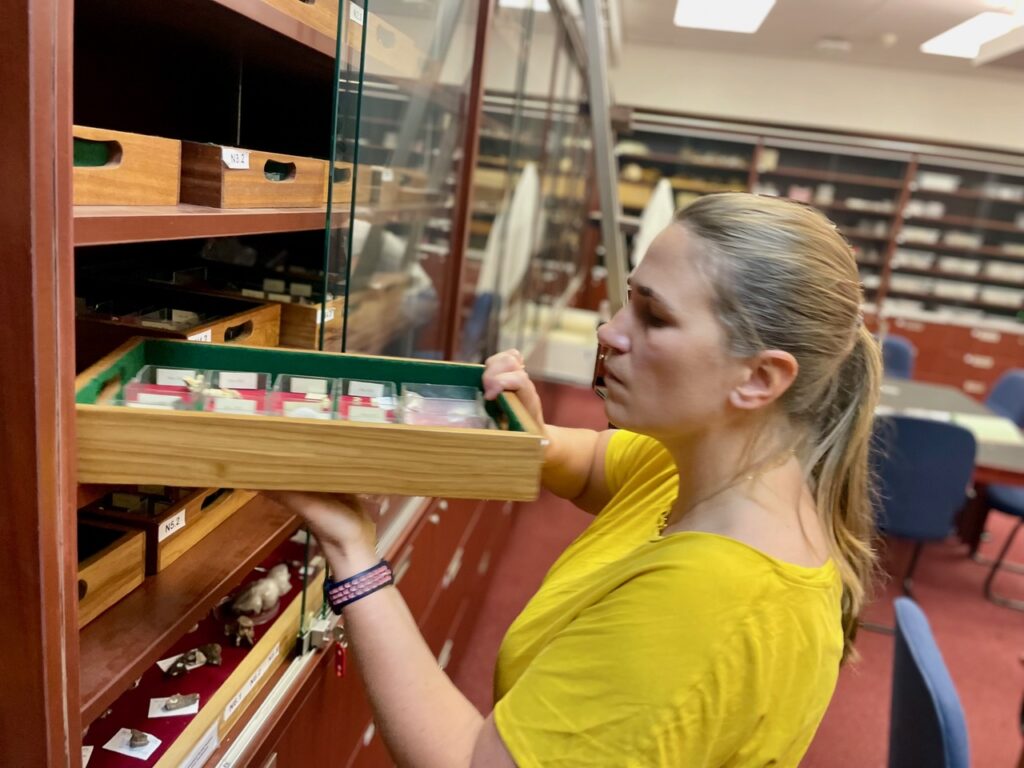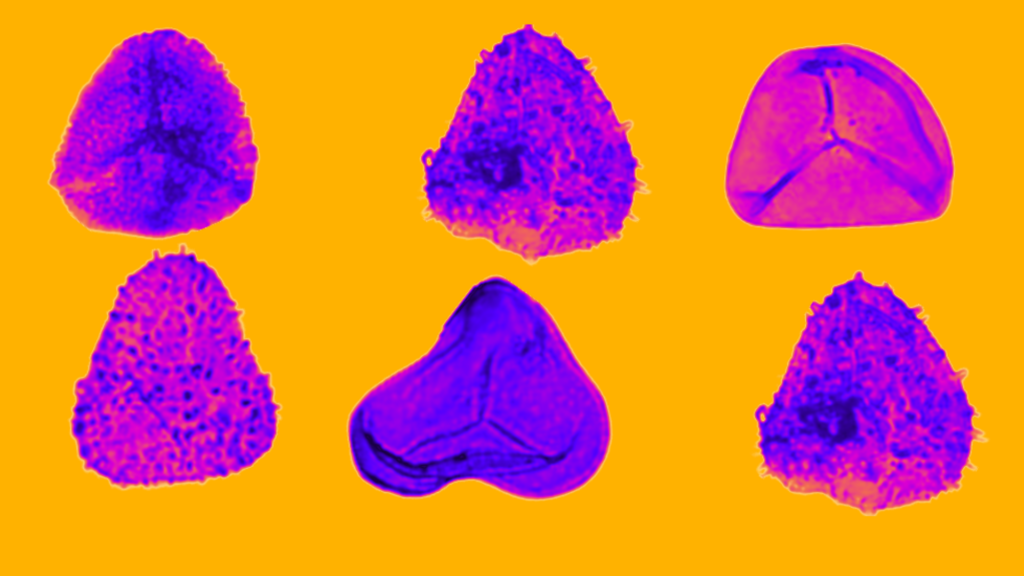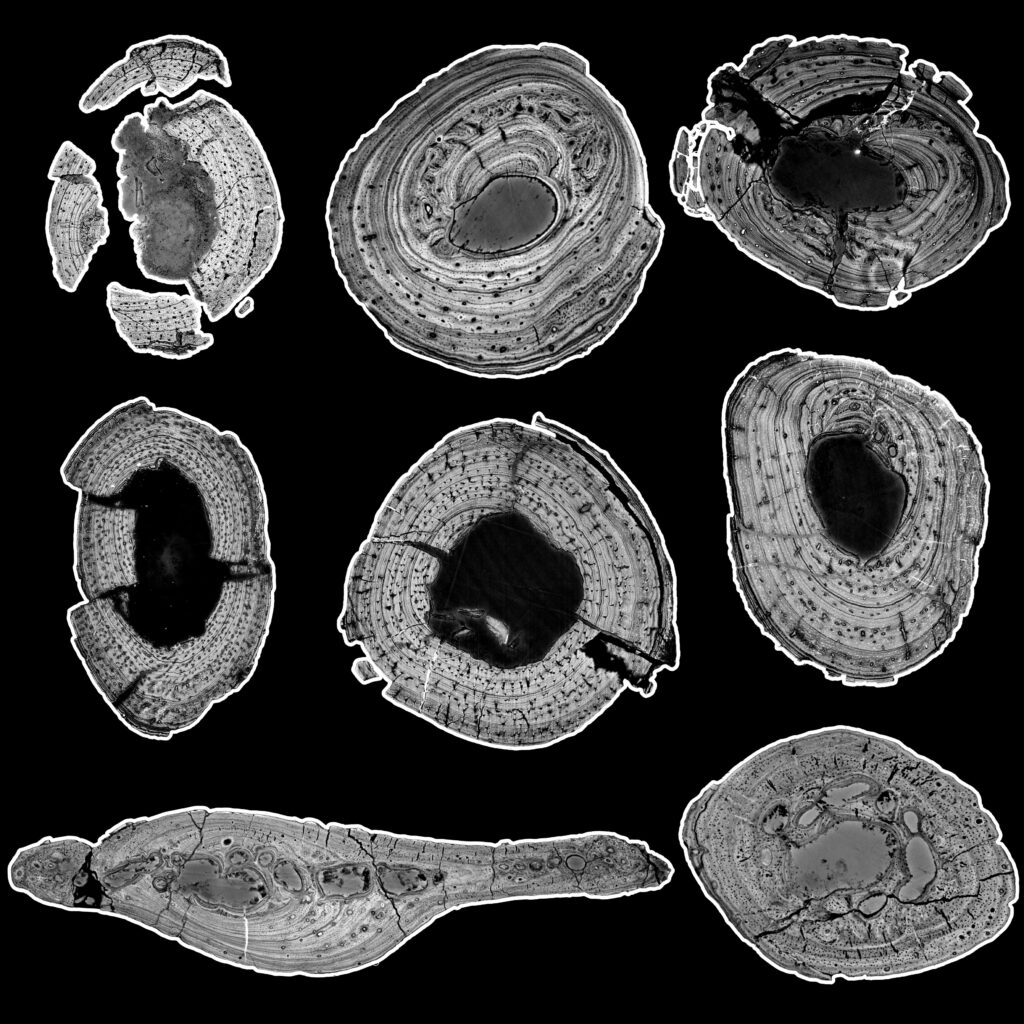Lamprey fossils up end our family tree
A series of fossil discoveries allowed for the reconstruction of an ancient lamprey’s life cycle and it proved that this jawless fish species was unlikely the origin of all invertebrates.
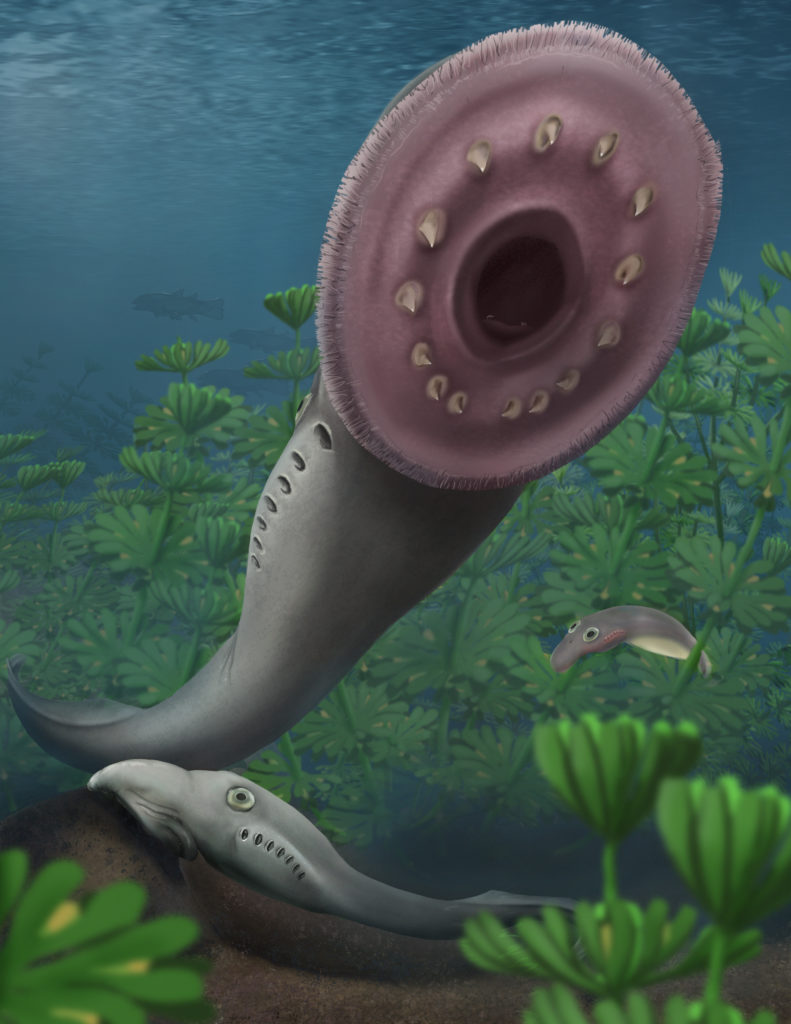
Small bites
- Lampreys were considered a time capsule species that had changed little in hundreds of millions of years.
- The discovery of eight fossils meant that scientists were able to reconstruct the life cycle of the oldest known lamprey species.
- This ancient species had a different life cycle to modern lampreys, meaning they had branched off on a different evolutionary path.
Free swimming larva prove a different lineage
A series of eight fossil discoveries have forced scientists to reconsider the origins of all invertebrates including humans. The eight fossils are of ancient lampreys, blood-sucking eel-like fish, that were found between 2006 and 2020, close to the city of Makhanda in the Eastern Cape. What is unique about the fossils is that they provide a glimpse of a 360 million-year-old lamprey’s life cycle. They include a fully grown lamprey, fossils of yolk sac bearing babies and an individual that was slightly younger than the adult. It was the close examination of the lamprey larva, by members of an international team of researchers, that got this ancient animal kicked off our branch of the family tree. The reason for this is that for over a century biologists regarded modern lampreys as time capsules whose unusual life cycle hadn’t changed in hundreds of millions of years. The lamprey’s offspring begin life as blind filter-feeding larvae that burrow into stream beds. Later they develop eyes, become free swimming and grow a sucker-like mouth that they use to latch onto fish. When examining the lamprey larvae fossils the scientists noticed that they had all the structures of an adult, including a sucker disk, big eyes and they were swimming. It suggested that ancient lampreys had a different life cycle to their modern counterparts and had branched off on a different evolutionary path. “Lampreys and modern hagfish are the only jawless fish alive that branched off from the family tree of vertebrates before they got jaws,” said researcher Dr Rob Gess from the Albany Museum, who discovered the ancient fossils. “This makes them very interesting for researchers attempting to understand the earliest stages of vertebrate history.”
“We’ve basically removed lampreys from the position of the ancestral condition of vertebrates,” explained the lead author in the study Dr Tetsuto Miyashita, a palaeontologist with the Canadian Museum “So now we need an alternative.” The team has fingered a possible suspect. They believe it could have been a family of extinct armoured fishes, known as ostracoderms, who might have sat at the very base of the vertebrate family tree.
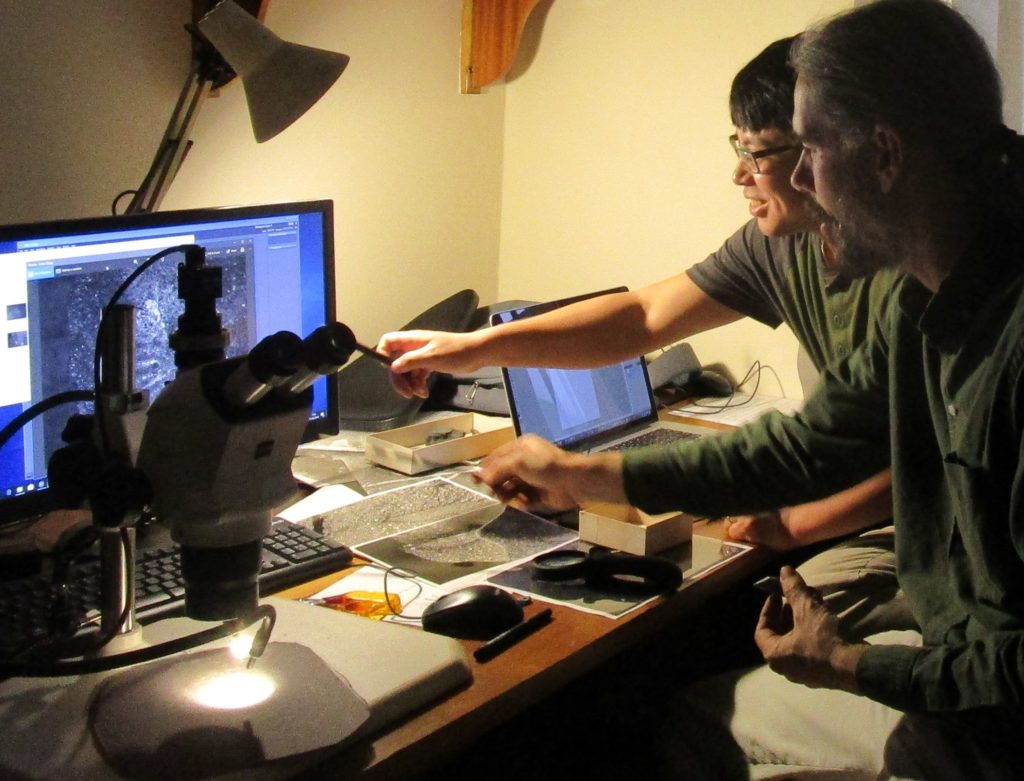
Lampreys and modern hagfish are the only jawless fish alive that branched off from the family tree of vertebrates before they got jaws
Dr Rob Gess, the Albany Museum
